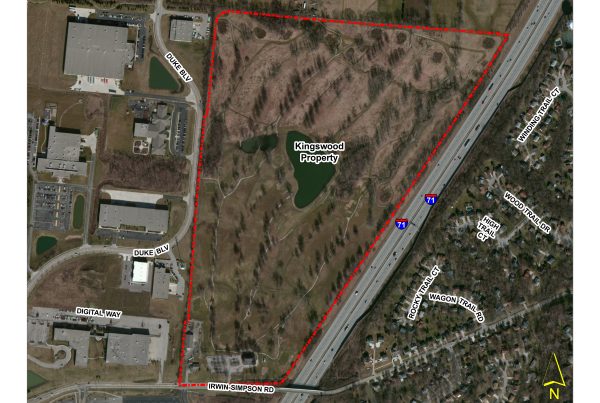AREAS OF EXPERTISE
- Economic Impact Analysis
- Public Policy Analysis
- Modelling and Statistical Forecasting
- Economic Development
- Return on Investment
- Benefit-Cost Analysis
- All Works
Our team will help you understand and quantify the economic benefits associated with your organization’s operations and capital investments. Our clients have used our work to elevate awareness of their projects and increase the support for their organization and its activities. The primary purpose of an economic impact study is to measure the overall impact that a project, event, business, or organization has on the economy of a specific geographical area. We examine the economic impact by calculating economic activity (or output), jobs, and worker earnings. We may also include additional impacts to the local economy, such as generated tax revenue, business and resident attraction, as well as societal and environmental benefits.
Public policy analyses provide clients with the resources to better understand the impacts of a new tax proposal or economic development strategy. Economic analyses of the use of public dollars are used in a variety of settings, ranging from education to health care, to utilities and business incentives. Both public finance and tax policy studies may be used to inform the public, as well as stakeholders, on the impacts of a proposed policy amendment, tax proposal, or project.
Predictive analytics empowers our clients to make data-driven decisions. Statistical modeling uncovers relationships among customers, markets, and other business indicators to inform strategic decision making. Such models typically include projections of future market demand and allocation of resources. Forecasts may also detail the impact on revenue streams for local governments, for example, through population and industry trends. Modeling changes in tax policy may also be measured, in order to describe how local businesses and governments would be impacted.
Existing labor force, as well as trends in industries, employment, population, educational attainment, and demographics all influence a local market and its potential. Market and Industry Analyses aid local economic development officials with the necessary data and information to make informed decisions regarding business and employee attraction and retention.
Return on Investment analysis measures an impact or financial return to a program, services and/or to the community at-large, versus the cost of operating and maintaining the program or services. ROIs are ratios, expressed as percentages, measuring the gain or loss generated on an investment relative to the money invested. Returns on Investments may be conducted to determine the implementation of an intervention, or the efficiency/effectiveness of an existing program or service. ROIs aid local officials and businesses in making informed business decisions regarding employees, students, customers, and stakeholders.
In Benefit Cost Analyses, the costs of an activity or project are evaluated, as well as the benefits it provides. In a BCA, program/project costs and benefits are expressed in dollars, or monetized. Net benefits are then calculated and a benefit-cost ratio established, describing whether or not the project is cost-effective. BCAs may be conducted before, during, or after a project is completed. Benefit-Cost analyses assist decision makers in assessing projects and activities in economic terms.





















































